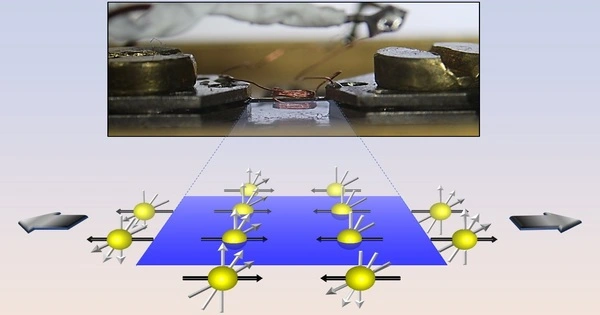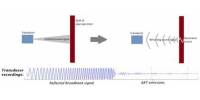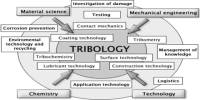Piezomagnetism is a phenomenon in which the magnetic properties of a material change in response to an applied mechanical stress or strain. This effect is observed in certain materials, such as ferromagnetic and ferroelectric materials, that possess a strong coupling between their magnetic and mechanical properties.
Piezomagnetism is a phenomenon that can be observed in antiferromagnetic and ferrimagnetic crystals. It is distinguished by a linear coupling between the magnetic polarization and mechanical strain of the system. By applying mechanical stress to a piezomagnetic material, one can induce a spontaneous magnetic moment or a physical deformation by applying a magnetic field.
When mechanical stress or strain is applied to a piezomagnetic material, it causes a deformation of the crystal lattice and changes the distribution of electrons and magnetic moments within the material. This, in turn, leads to a change in the magnetic properties of the material, such as its magnetization, magnetic susceptibility, or magnetic anisotropy.
The piezomagnetic effect is enabled by the absence of certain symmetry elements in a crystal structure; specifically, the property is prohibited by symmetry under time reversal. In 1960, the first experimental observation of piezomagnetism was made in cobalt and manganese fluorides. Uranium dioxide is the most powerful piezomagnet known, with magnetoelastic memory switching at magnetic fields near 180,000 Oe at temperatures below 30 kelvins.
Applications
Piezomagnetism has a number of practical applications, such as in the development of sensors for detecting mechanical stresses or strains, or in the design of magnetic storage devices that can be controlled by mechanical means. It is also an important property in the study of the Earth’s magnetic field, as it provides insight into the behavior of magnetic minerals in the crust and mantle under different conditions of stress and strain.
Piezomagnetic materials have a variety of applications in sensors and actuators, particularly in the fields of automotive and aerospace engineering, where they are used to detect and measure stresses and strains in mechanical components. They are also used in magnetic storage devices such as hard drives, where they are used to read and write data to the disk.
Some examples of piezomagnetic materials include iron, cobalt, and nickel alloys, as well as some rare-earth compounds such as terbium-dysprosium iron. The properties of these materials can be tuned by controlling their crystal structure and composition, which allows for the development of materials with tailored magnetic properties for specific applications.
















